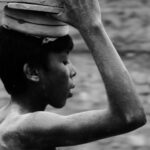Life in Refugee Camp
Life in Refugee Camp
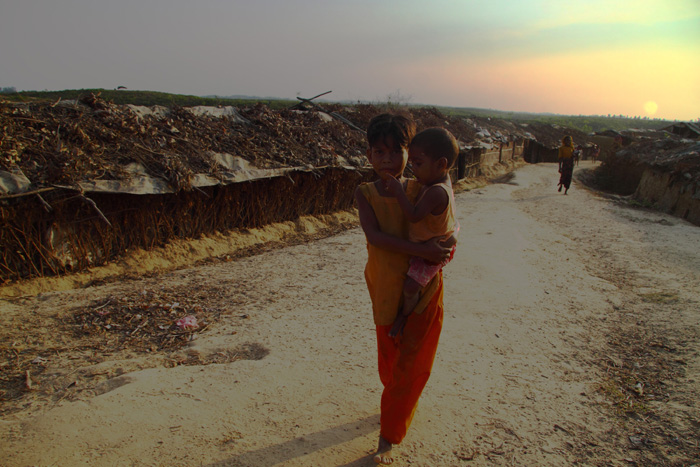

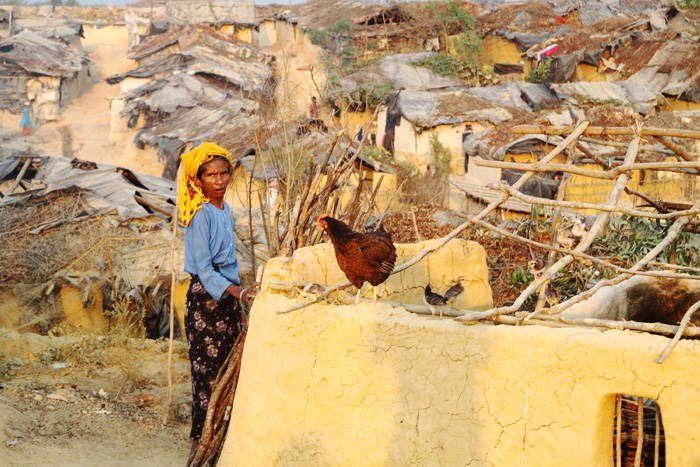


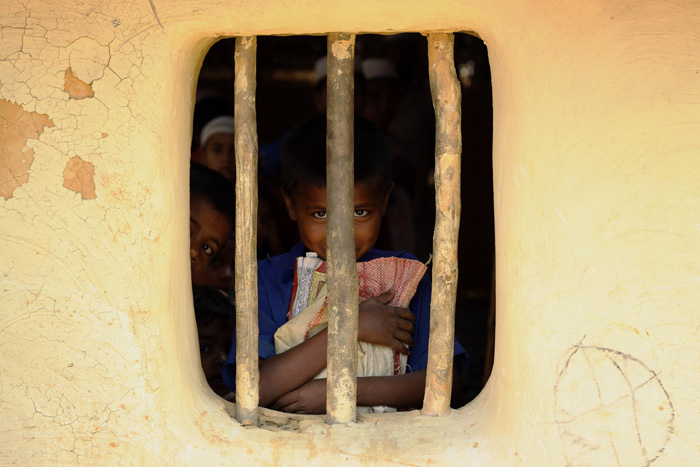


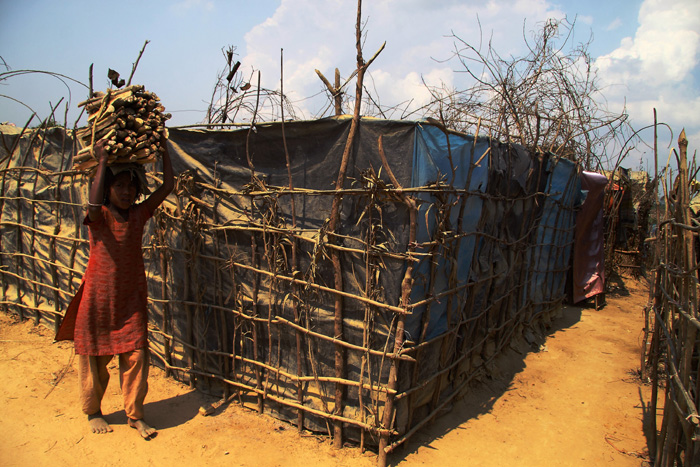


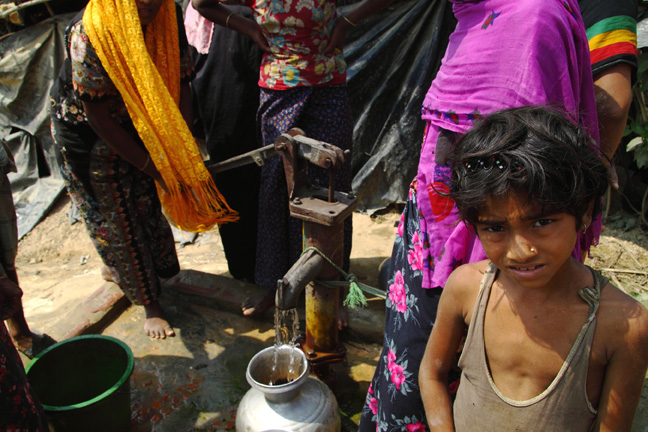
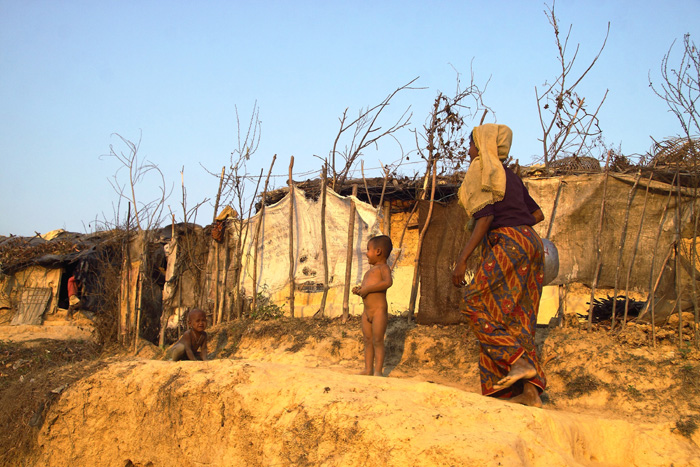
This is a story of the Rohingya refugees from north-west Burma who speak a dialect of Bengali. It can be described as a major humanitarian catastrophe is unfolding for the unprotected Rohingyas in Bangladesh.They are among the world’s least wanted and most persecuted people – Burma denies them citizenship and refuses to let them own land. It does not allow them to travel or even marry without first seeking permission and they are not welcome in Bangladesh either, where at least 250,000 now live as illegal immigrants, without rights to employment, health care or education.
The region in which they live is one of Bangladesh’s poorest and local communities complain that the Rohingya drain the area of resources, take away their jobs and are involved in smuggling and other crimes. So there is always a clash of dispute between the poor locals and The migrated Rohingyas . However the situation is, The Rohingyas are the survival of the fittest.
Some 30,000 have been registered as refugees by the UN, but the rest have no rights and mostly live in dreadful conditions on the edge of Bangladeshi villages or in squatter camps huts at Teknaf close to the border areas of Bangladesh-Burma. In crude huts thrown together with bin liners, sticks and mud. Sanitation is minimal. Sewage facilities, hugely inadequate in the monsoon season, run alongside the housing. ‘MSF’ survey found that 40% of those who died in this unregistered camp from diarrhea.
Hundreds of children flock at the site of a stranger in the Kutu Palong makeshift camp in southeastern Bangladesh, near the border with Burma. Some are wearing salvaged clothes; mostly, they are naked. “Hello, how are you?” “ hello fry ( foreigner )” they shout, repeating the one phrase they have picked up from the few aid workers that have gained permission from the Bangladesh authorities to enter the unregistered camp.
These kids are all Rohingya, a religious and linguistic ethnic minority from Burma’s northern Rakhine State, who have been fleeting state sponsored persecution in their homeland since 1978. In 1991, when the population experienced widespread repression and abuse from security forces posted in Rakhine, a quarter of a million crossed the border to Bangladesh seeking asylum. Most of them still live there today. Hundreds of thousands of others live outside these grounds, in the district of Chittagong or in unofficial camps, stateless and hopeless.
Meanwhile, thousands wait, unregistered, and unsure of what their future holds. In Kutu Palong, the children are still smiling, the chorus of ‘hellos’ replaced with ‘goodbyes.’ Many lives have begun in this camp in the last decade. Many will end here, too, without a birth or death certificate to prove that they ever existed.
This series of photograph show some ways of their living. They sent their child to learn ‘The holy Quran’ possibly as a mark of spiritual act to redeem their sufferings. Faces as a trace of man’s everyday indifference they are suffering from, but also as a mark of faith & hope of change. No one really does not know when the good days will arrive & they will b out of this jail.


